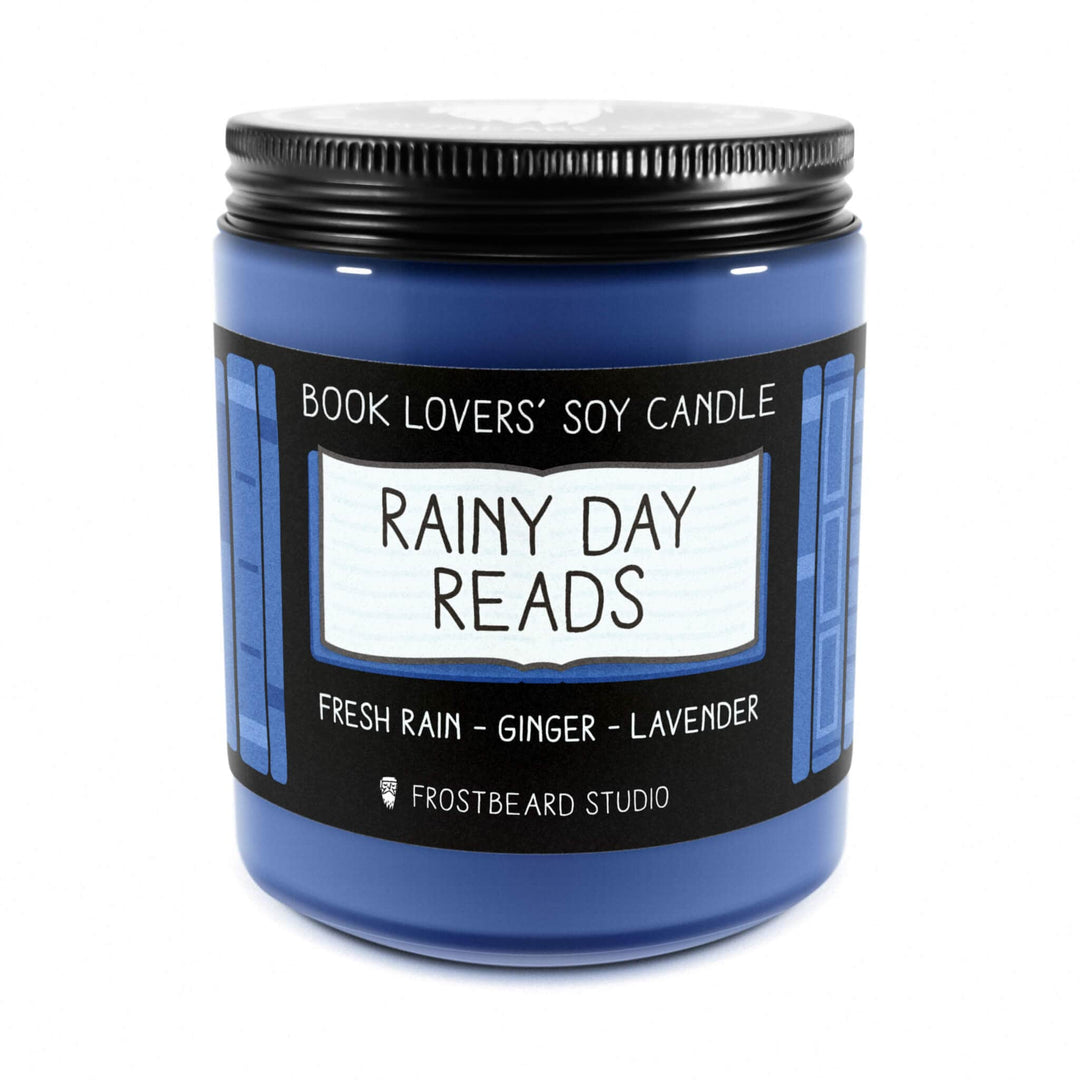The Ultimate Guide to Common Themes in Literature
Common themes in literature are the universal ideas and messages that authors convey through their stories. These themes go beyond the plot and characters, touching on deeper truths about humanity and society. Some common themes in literature include:
- Love: Explored through romance and relationships.
- Good vs. Evil: The eternal struggle between opposing forces.
- Coming of Age: The journey from youth to adulthood.
Themes like these resonate across cultures and time periods, offering readers a lens through which to view and understand the world.
In literature, a theme isn't just a topic—it's the underlying message that gives the story its depth and meaning. Think of a story as a body and its theme as the soul. For example, in Khaled Hosseini's The Kite Runner, the primary theme explores redemption and the complex bonds between fathers and sons, offering profound insights into human nature and relationships.
I'm Roxie Lubanovic, co-founder of Frostbeard Studio, with a background in English Literature and over a decade of experience creating literary-inspired products. My passion for storytelling and thematic exploration fuels our unique candle scents, designed to improve your reading experience.

Let's dive deeper into common themes in literature and how they shape our understanding of the stories we love.
What is a Theme in Literature?
A theme in literature is the core idea or underlying message that an author wants to convey through their story. It's not just what happens in the plot but what the story is really about at a deeper level.
Core Idea and Underlying Message
The core idea of a theme is the central topic or subject that the narrative explores. For instance, themes like love, power, and isolation are common in many stories. However, the underlying message is what the author is saying about that topic. It's the why behind the story.
Take The Great Gatsby by F. Scott Fitzgerald, for example. While the plot revolves around Jay Gatsby's pursuit of Daisy Buchanan, the underlying message is about the American Dream and its often illusory nature. Fitzgerald uses Gatsby's journey to comment on the dream's unattainable and sometimes corrupting aspects.
Author’s Intent
Authors use themes to express their views on life, society, or human nature. These themes can be intentional, where the author sets out to explore a specific idea, or they can emerge naturally through the storytelling process.
For example, in George Orwell's 1984, Orwell's intent was to warn about the dangers of totalitarianism and extreme political ideology. The theme of surveillance and loss of individual freedom is clear and deliberate, serving as a cautionary tale for readers.
Reader’s Interpretation
A theme can be interpreted in various ways depending on the reader's perspective. This is what makes literature so rich and engaging. Different readers might find different meanings in the same work.
For instance, in Ernest Hemingway’s short story "A Clean, Well-Lighted Place," one reader might see the theme of loneliness and the need for a safe space, while another might interpret it as a commentary on the human condition and existential despair.
Examples and Case Studies
Good vs. Evil
In J.K. Rowling's Harry Potter series, the battle between good and evil is a central theme. Harry represents good, while Voldemort embodies evil. Their conflict drives the narrative and explores deeper questions about morality, choice, and the nature of evil.
Forbidden Love
William Shakespeare's Romeo and Juliet is a classic example of the theme of forbidden love. The societal constraints and family feuds that keep the lovers apart highlight the intense emotions and tragic consequences of their love.
Coming of Age
In Charlotte Brontë's Jane Eyre, the protagonist's journey from a troubled orphan to a strong, independent woman is a quintessential coming-of-age story. It explores themes of self-findy, resilience, and moral growth.
Visual Representation
Harry Potter uses the theme of good vs. evil to explore complex moral dilemmas.
Romeo and Juliet highlights the theme of forbidden love through societal constraints and family dynamics.
Themes are the heartbeat of any story, giving it depth and meaning. They invite readers to think critically and engage with the text on a deeper level. As you read, try to identify the themes and consider what the author is saying about the human experience.
Next, let’s explore some of the most common themes in literature and see how they shape our favorite stories.
Common Themes in Literature
Good vs. Evil
The theme of good vs. evil is a cornerstone in literature. It pits characters against each other in moral dilemmas, forcing them to choose between right and wrong.
Example: In J.K. Rowling's Harry Potter series, Harry represents good, while Voldemort embodies evil. Their conflict drives the narrative and digs into the nature of morality, choice, and the essence of evil.
Forbidden Love
Forbidden love explores the idea of love that is restricted by societal norms, class structures, or family dynamics.
Example: William Shakespeare's Romeo and Juliet is a timeless tale of forbidden love. The societal constraints and family feuds that keep the lovers apart highlight the intense emotions and tragic consequences of their relationship.
Coming of Age
Coming of age stories focus on the growth and development of the protagonist, often from youth to adulthood.
Example: In Charlotte Brontë's Jane Eyre, Jane’s journey from a troubled orphan to a strong, independent woman is a classic coming-of-age tale. This theme explores self-findy, resilience, and moral growth.
Sacrificial Love
Sacrificial love involves characters who make significant personal sacrifices for the well-being of others.
Example: O. Henry's The Gift of the Magi portrays a couple who sacrifice their most prized possessions to buy gifts for each other. This story highlights the theme of selflessness and the true meaning of love.
Justice
The theme of justice revolves around moral righteousness and societal issues, often showcasing the fight for fairness.
Example: Harper Lee's To Kill a Mockingbird is a compelling narrative about justice. The protagonist’s father, Atticus Finch, fights for justice in a racially biased society, highlighting the themes of moral integrity and societal flaws.
Family Dynamics
Family dynamics explore the complexities of relationships within a family, including roles, responsibilities, and conflicts.
Example: In Leo Tolstoy's Anna Karenina, the intricate relationships and roles within families are examined. The novel digs into the impact of societal expectations on family life and individual happiness.
Power and Corruption
Power and corruption illustrate how authority can lead to moral decay and the abuse of power.
Example: William Golding's Lord of the Flies is a stark portrayal of how power can corrupt. The boys on the island descend into chaos and violence, reflecting the dark side of human nature and authority.
The American Dream
The American Dream theme deals with aspirations and societal expectations, often revealing the complexities behind this ideal.
Example: F. Scott Fitzgerald's The Great Gatsby is a quintessential exploration of the American Dream. Gatsby’s pursuit of wealth and status highlights the illusory and sometimes corrupt nature of this dream.
Isolation
Isolation addresses mental health and personal freedom, often exploring the effects of being cut off from society.
Example: Charlotte Perkins Gilman’s The Yellow Wallpaper digs into the theme of isolation. The protagonist's mental health deteriorates as she is confined to a room, symbolizing the impact of enforced isolation on personal freedom.
Survival
Survival stories focus on characters facing adversity and demonstrating resilience.
Example: Suzanne Collins' The Hunger Games is a gripping tale of survival. Katniss Everdeen’s struggle in a dystopian world highlights themes of resilience, bravery, and the human will to survive.
Themes are the heartbeat of any story, giving it depth and meaning. They invite readers to think critically and engage with the text on a deeper level. As you read, try to identify the themes and consider what the author is saying about the human experience.
Next, let’s explore how to identify themes in literature and uncover the deeper messages hidden within your favorite books.
How to Identify Themes in Literature
Identifying themes in literature can be a rewarding experience, offering deeper insight into a story's message and meaning. Here are some strategies to help you uncover common themes in literature:
Close Reading
Close reading is a detailed, careful analysis of a text. Pay attention to:
- Word Choices: Authors choose words deliberately. Look for repeated words or phrases.
- Literary Devices: Notice metaphors, similes, and other figures of speech.
- Text Format: Unusual formatting can highlight important themes. For example, in Mark Z. Danielewski’s House of Leaves, the labyrinthine layout mirrors the theme of navigating trauma.
Symbolism
Symbols are objects, characters, or events that represent larger ideas. For example:
- In J.R.R. Tolkien’s Lord of the Rings, the One Ring symbolizes power and corruption.
- In George Orwell’s Animal Farm, the farm itself represents a totalitarian state.
Motifs
Motifs are recurring elements that help develop the theme. They might be:
- Objects: In The Handmaid’s Tale by Margaret Atwood, biblical references are a recurring motif that highlights the dangers of theocracy.
- Actions: In Animal Farm, Napoleon the pig walking like a human is a motif that shows the corrupting force of power.
Character Analysis
Characters' actions, thoughts, and development often reveal the theme. Consider:
- Protagonist’s Journey: In Jane Eyre by Charlotte Brontë, Jane’s growth from an orphan to an independent woman highlights the coming-of-age theme.
- Conflicts: In To Kill a Mockingbird by Harper Lee, Atticus Finch’s fight for justice in a biased society brings out themes of moral integrity and societal flaws.
Putting It All Together
When you combine these strategies, you can uncover the deeper meanings in a text. For example:
- Close Reading + Symbolism: Helps you notice how specific words and symbols contribute to the overall theme.
- Motifs + Character Analysis: Reveals how recurring elements and character development work together to highlight the theme.
By using these methods, you can identify and appreciate the rich, underlying themes in your favorite books.
Next, let's dive into some frequently asked questions about common themes in literature.
Frequently Asked Questions about Common Themes in Literature
What is a common theme in literature?
A common theme in literature is the underlying message or central idea that an author wants to convey. It's not just the plot, but a deeper message that resonates universally. For example, in The Great Gatsby by F. Scott Fitzgerald, the theme of the American Dream explores aspirations and societal expectations.
How do themes work in literature?
Themes work by engaging readers and provoking thought. They provide universal statements about life, society, and human nature. For instance, the theme of good vs. evil in the Harry Potter series by J.K. Rowling explores moral dilemmas through character conflicts. Themes can challenge dominant narratives or offer new perspectives, making literature an artistic expression of the human experience.
What are some examples of common themes in literature?
Here are some examples of common themes in literature:
- Good vs. Evil: Found in stories like Harry Potter, this theme explores the constant battle between moral opposites.
- Coming of Age: In Jane Eyre by Charlotte Brontë, the protagonist's journey from an orphan to an independent woman highlights personal growth.
- Family Dynamics: Anna Karenina by Leo Tolstoy digs into complex family relationships and the roles individuals play within a family.
- Sacrificial Love: In O. Henry's The Gift of the Magi, characters make personal sacrifices out of love for each other.
- Justice: Harper Lee's To Kill a Mockingbird addresses societal issues and moral righteousness through the character of Atticus Finch.
These themes make stories relatable by touching on human experiences that resonate with readers across different cultures and times.
Next, let's explore how these themes help in identifying the deeper meanings in literature.
Conclusion
At Frostbeard Studio, we believe that every reading experience can be improved with the right atmosphere. Our literary-inspired candles are designed to bring the worlds of your favorite books to life, making every moment spent reading more immersive and enjoyable.
Enhancing Your Reading Experience
Imagine curling up with a classic like The Great Gatsby and lighting a candle that evokes the opulence and mystery of the Roaring Twenties. Or reading Harry Potter with the scent of a "Wizard's Library" filling the room. Our candles are crafted to complement the themes and settings of various novels, adding a sensory layer to your literary journey.
Literary-Inspired Candles
Our soy candles are more than just a pleasant aroma. They are a gateway to deeper engagement with the stories you love. Each scent is carefully chosen to reflect the essence of different literary themes, whether it's the forbidden love of Romeo and Juliet or the survival struggles in The Hunger Games.
Transform Your Reading Nook
With Frostbeard Studio’s products, your reading nook becomes a sanctuary. Lighting a candle not only sets the mood but also helps you connect more deeply with the characters and their journeys. The right scent can make plot twists more thrilling and emotional moments more poignant.
Explore our literary-inspired candles and transform your reading experience today. Let the power of fragrance bring your favorite books to life, creating a truly unforgettable literary trip.










